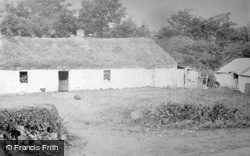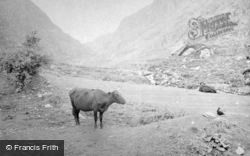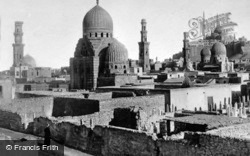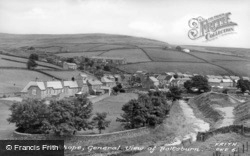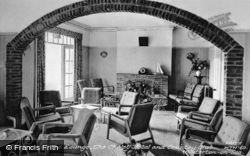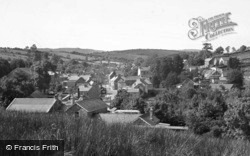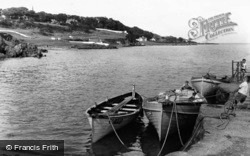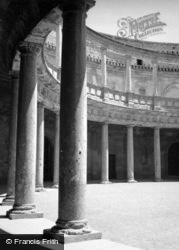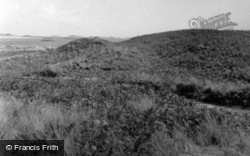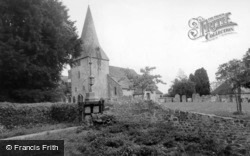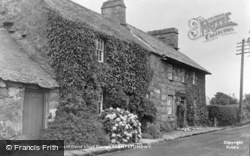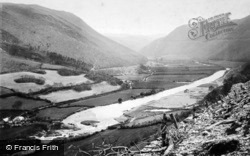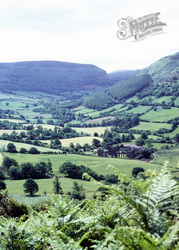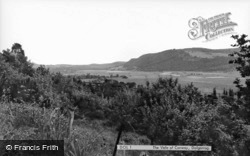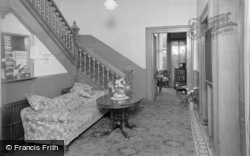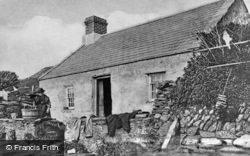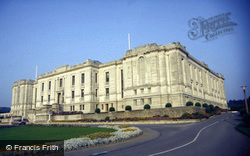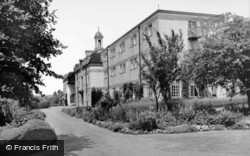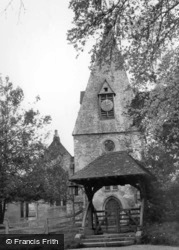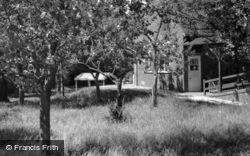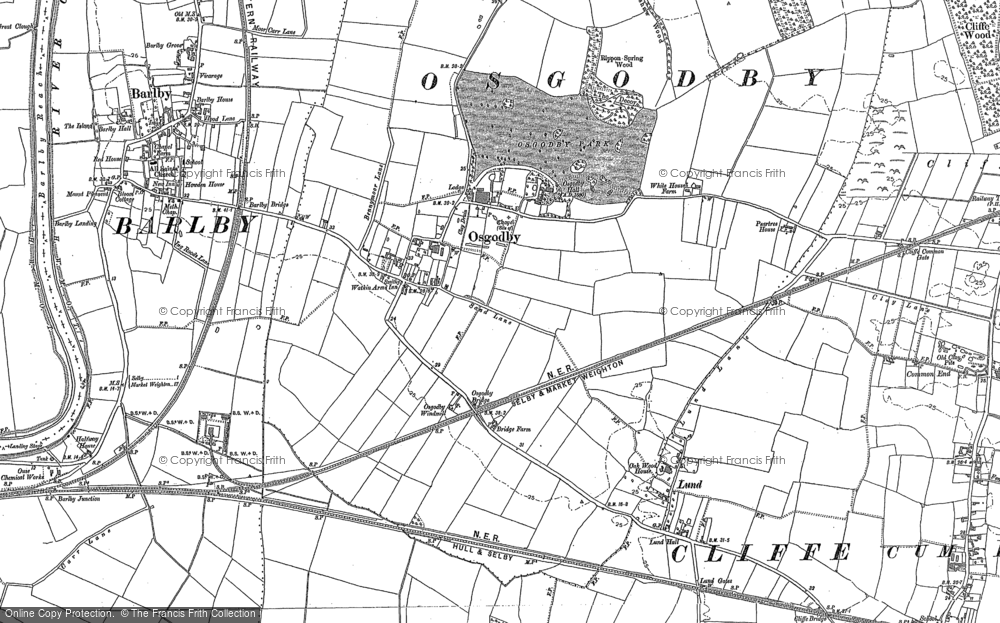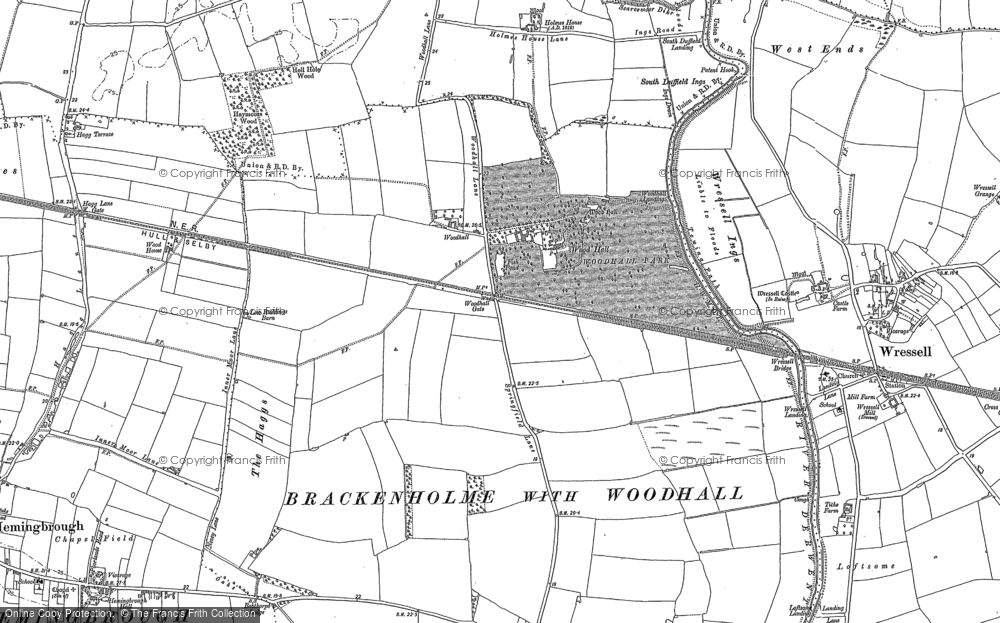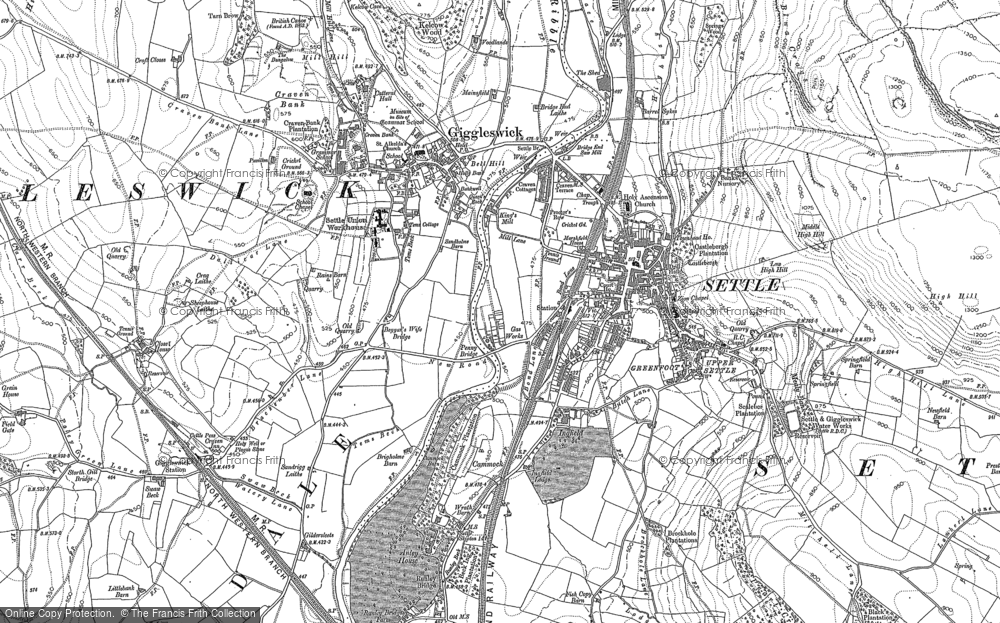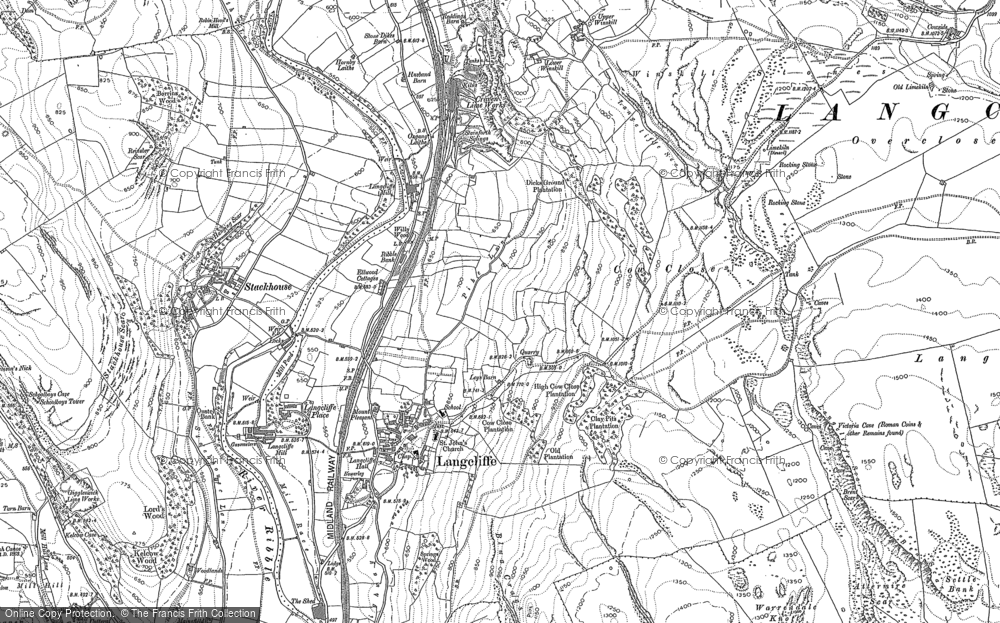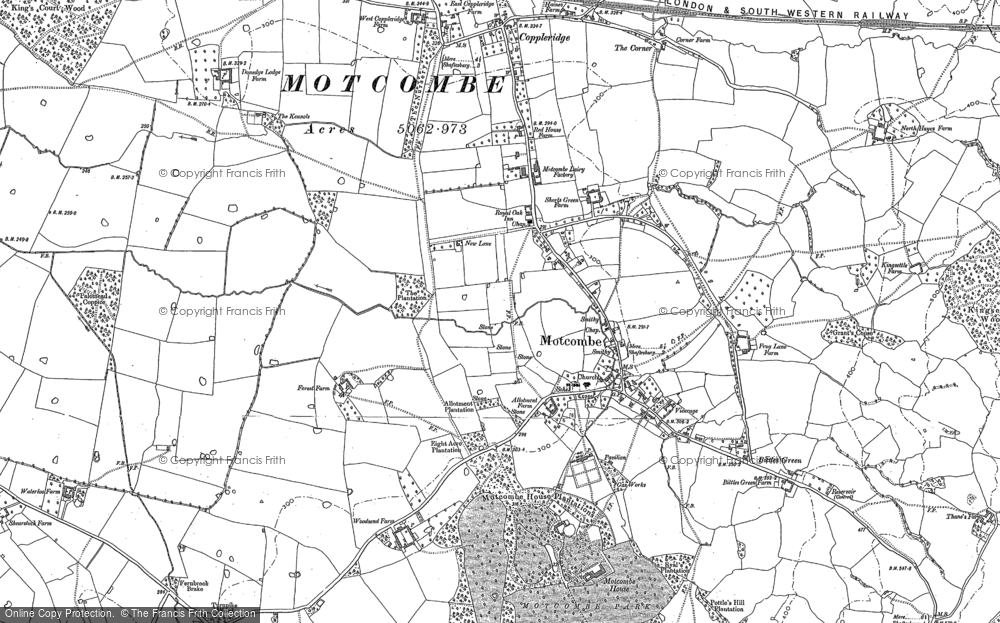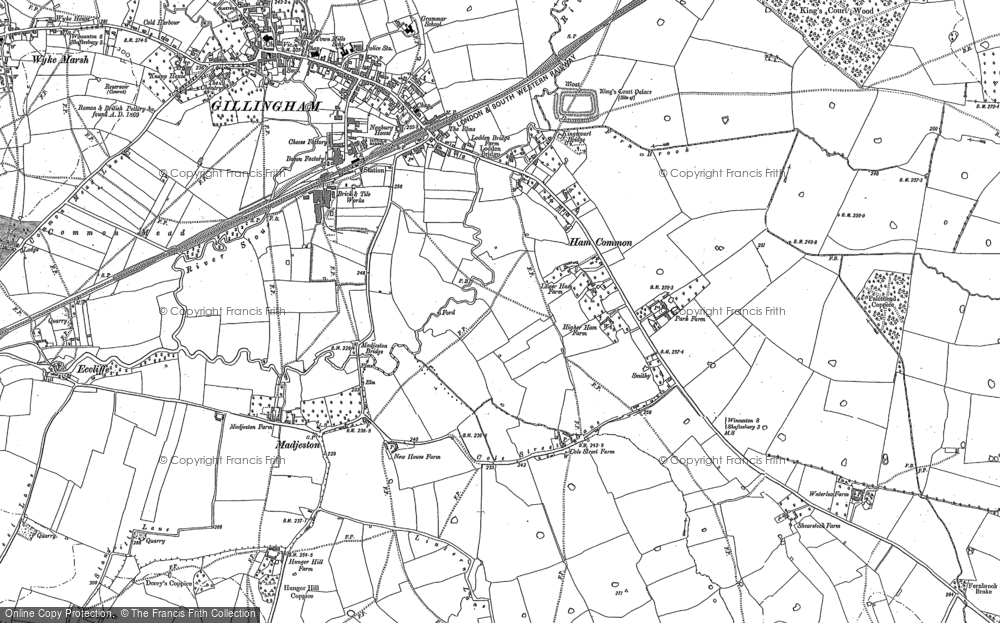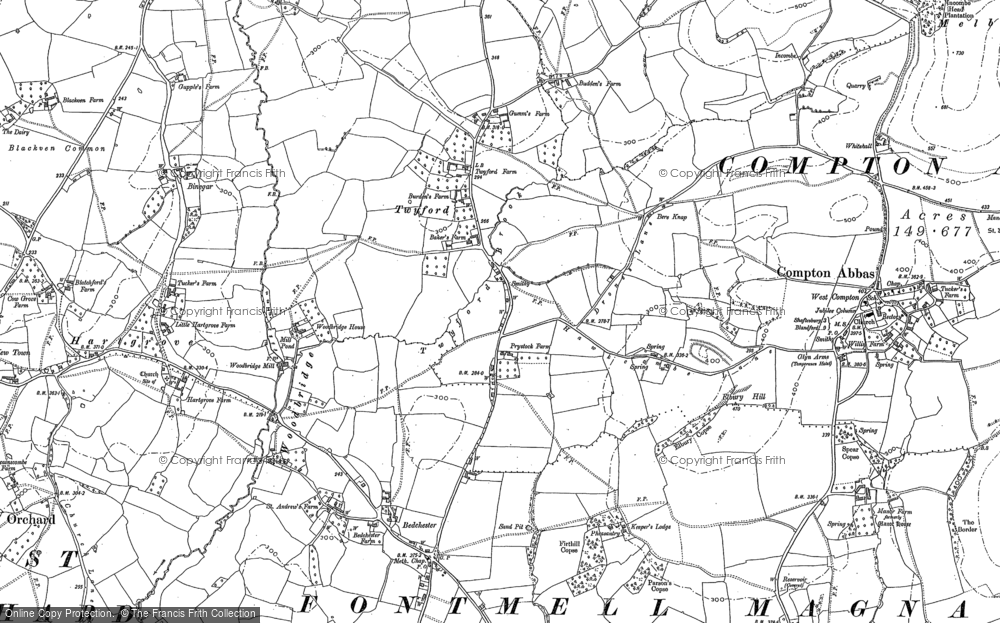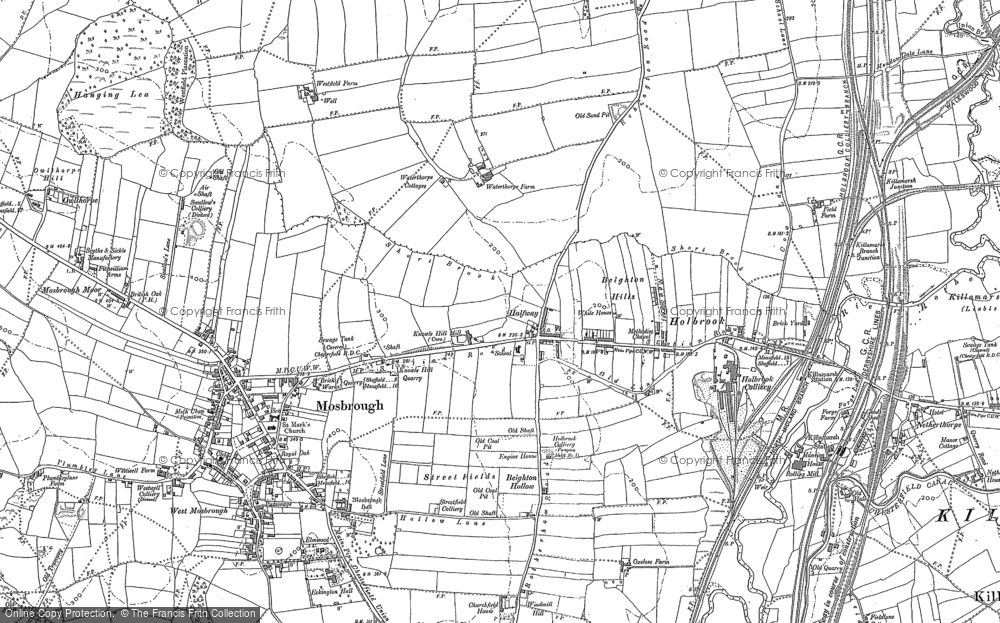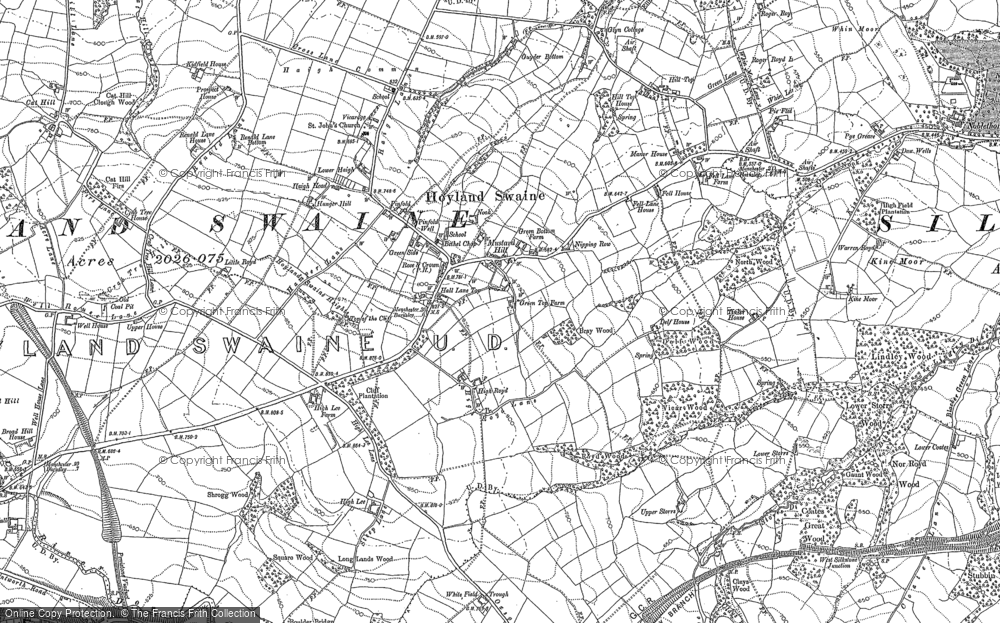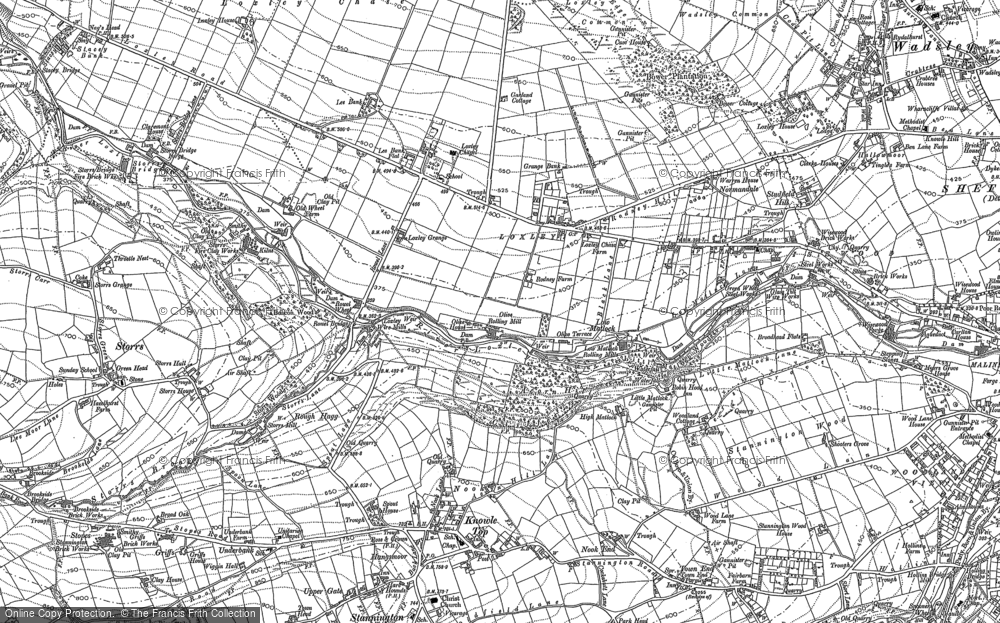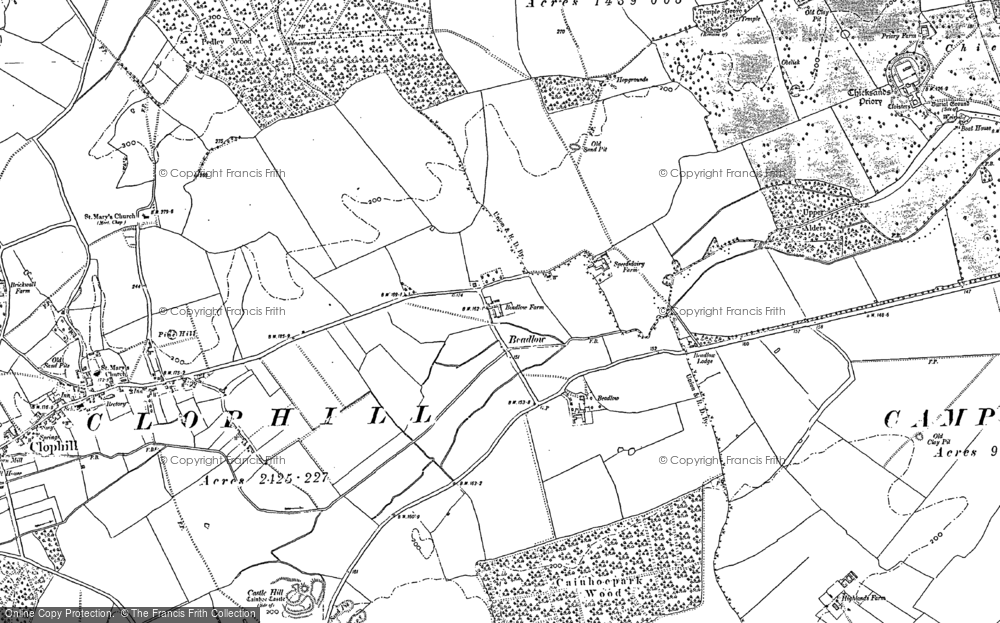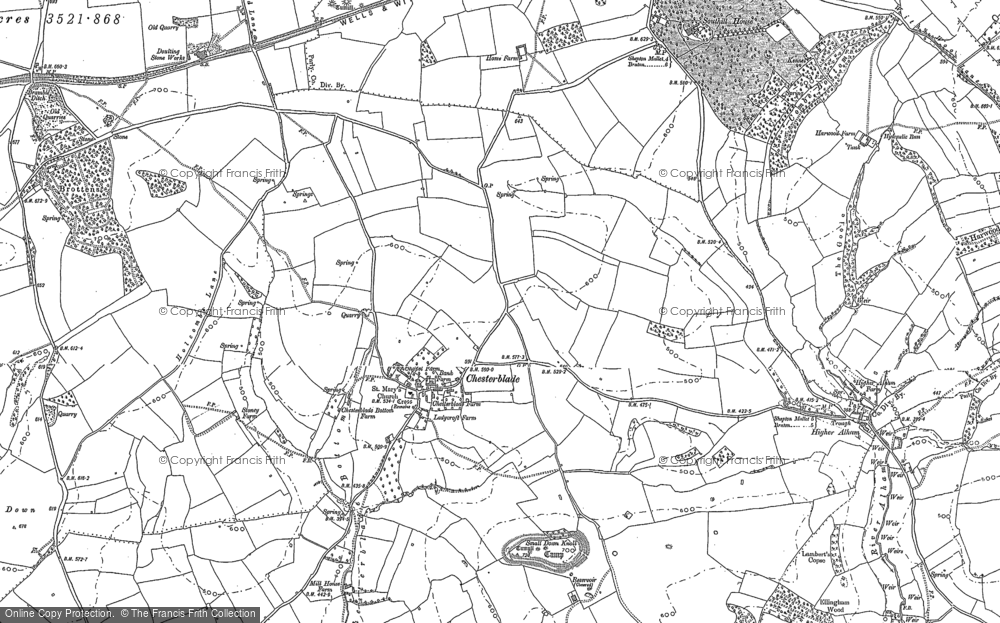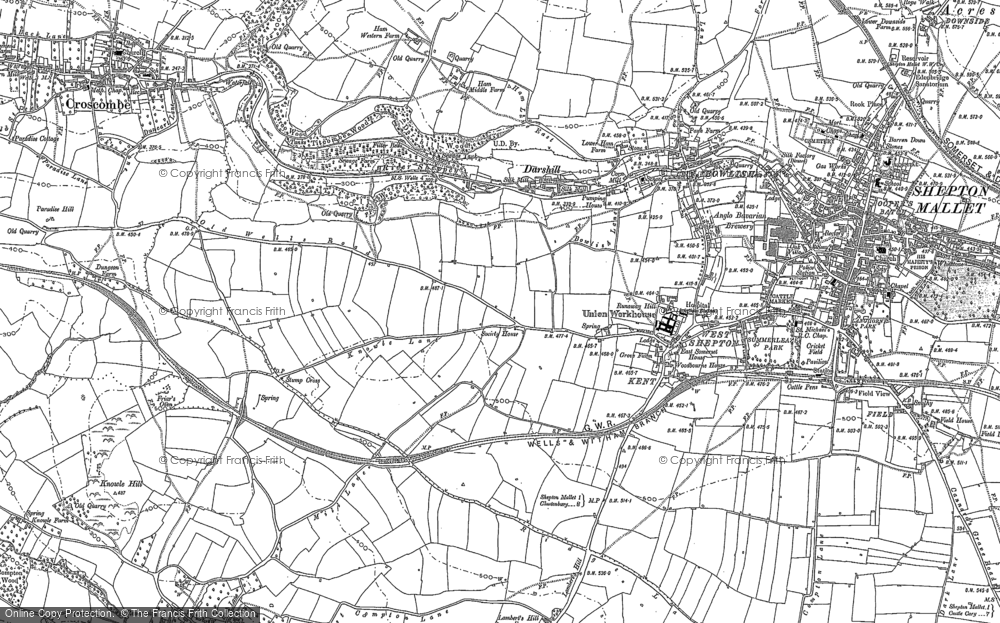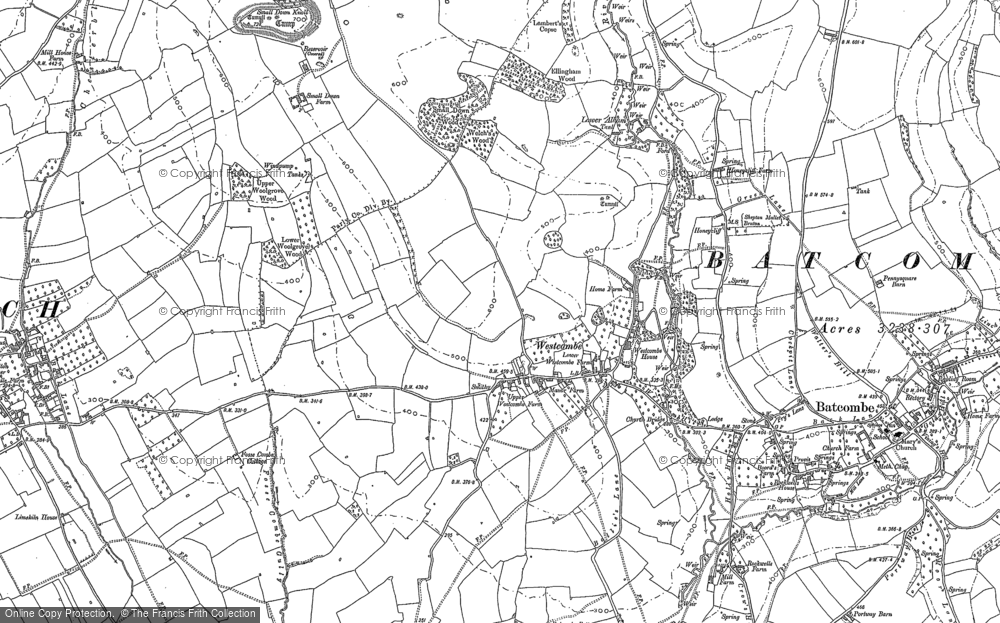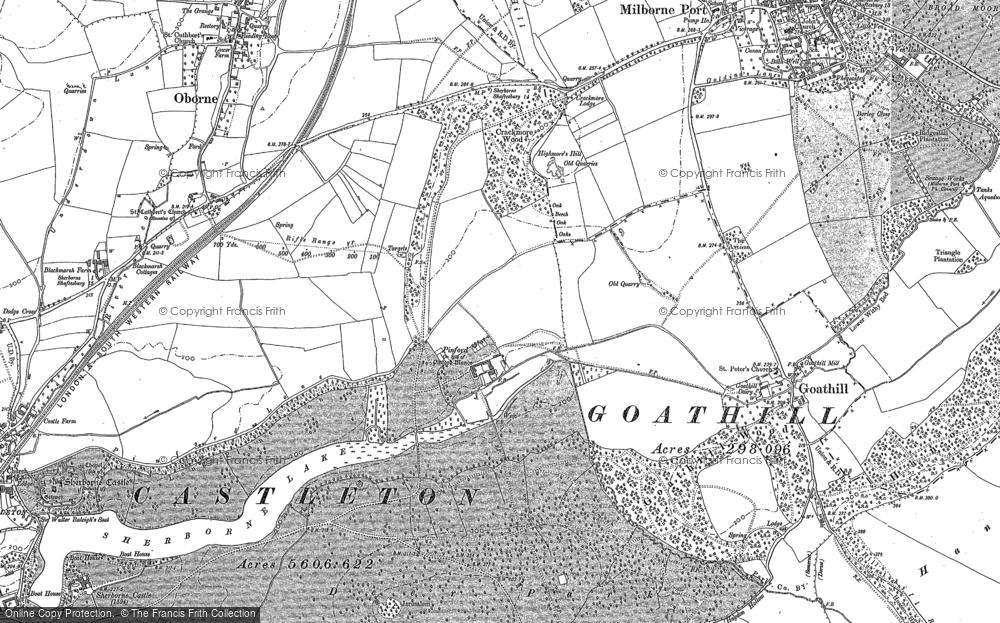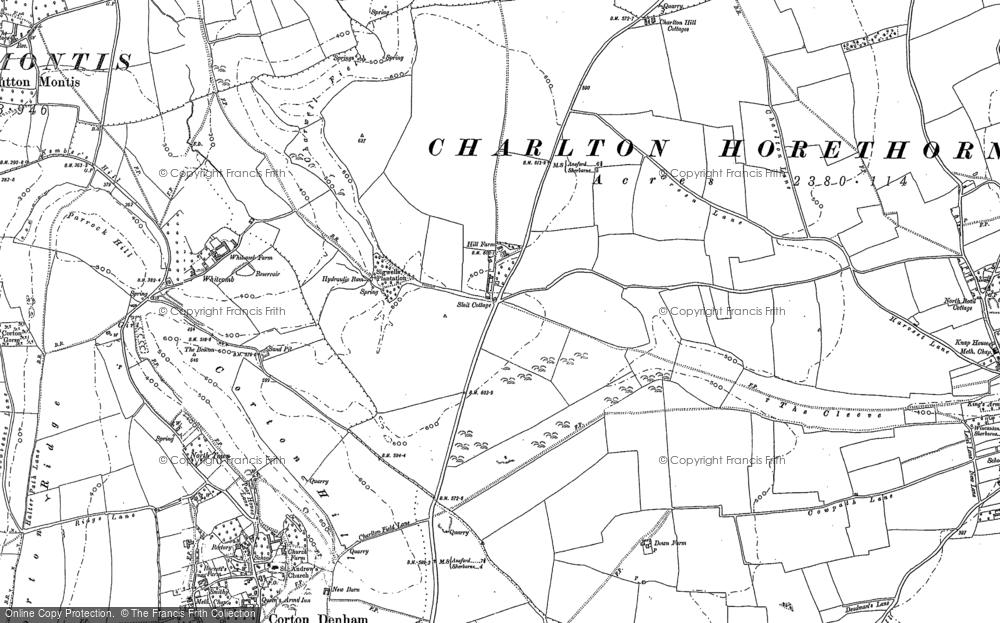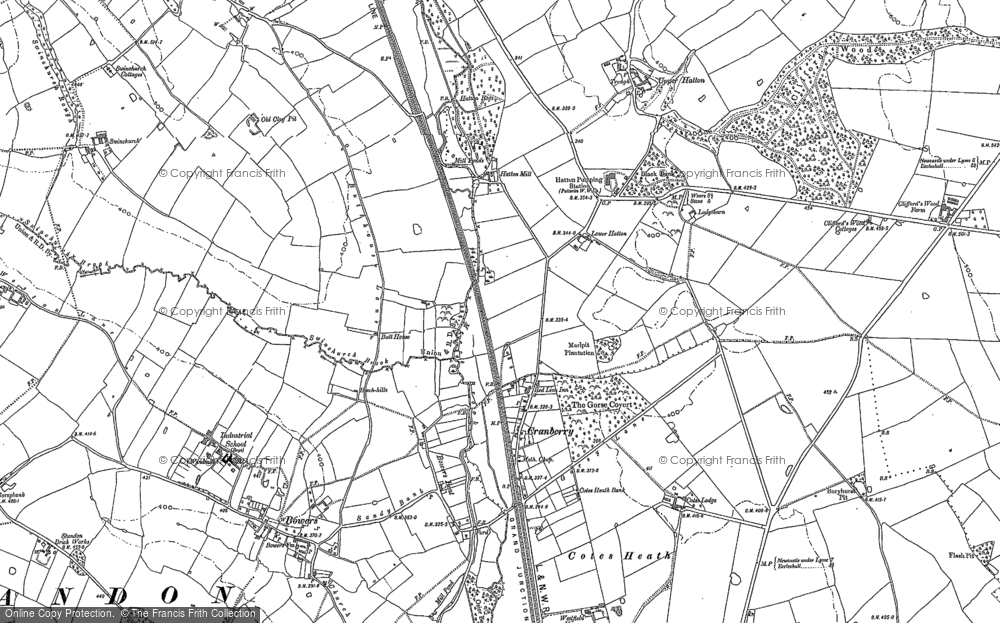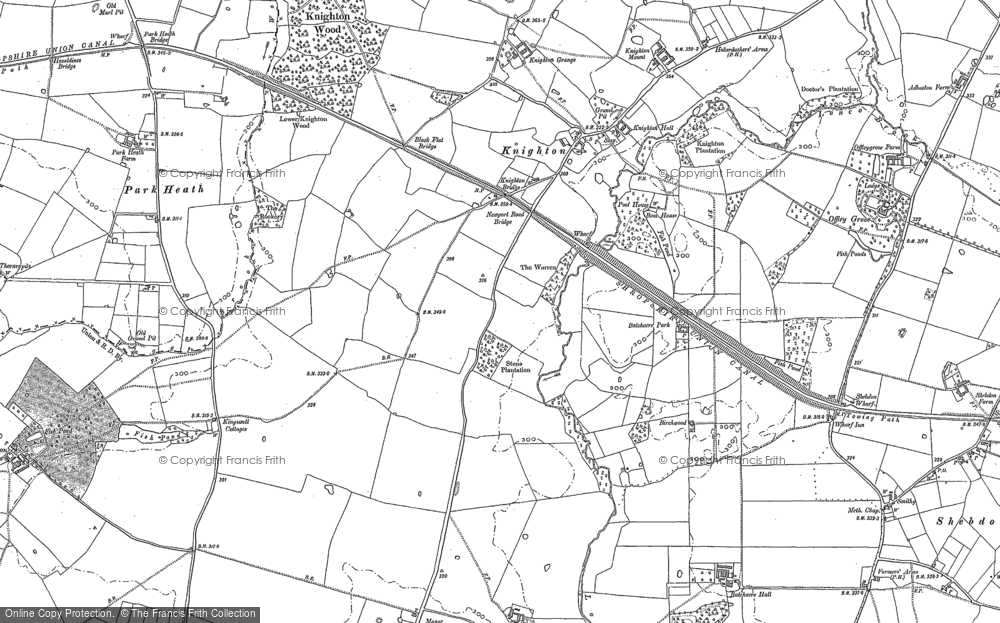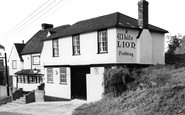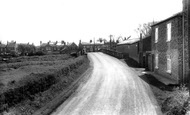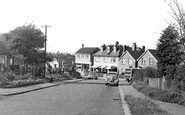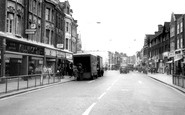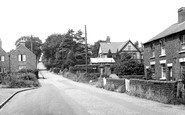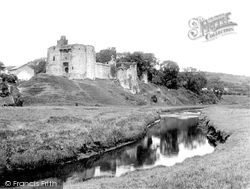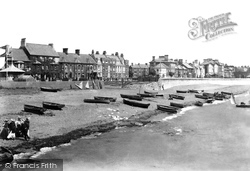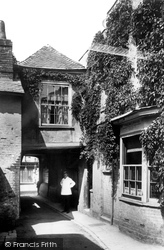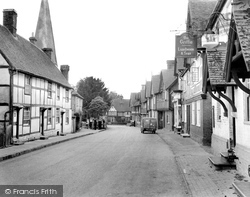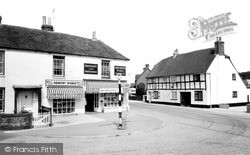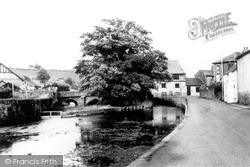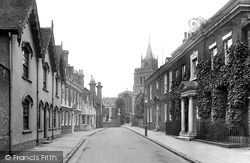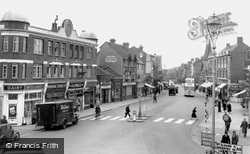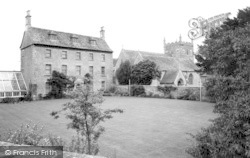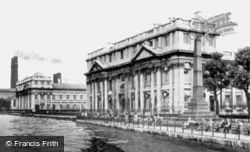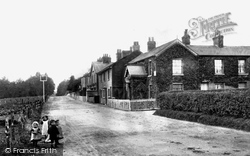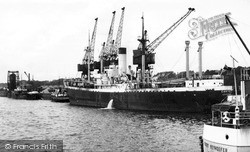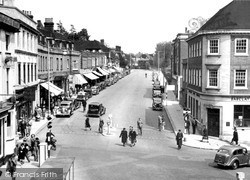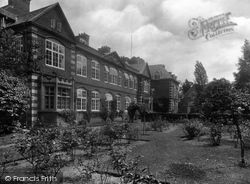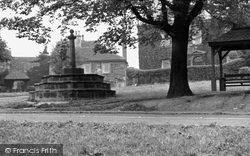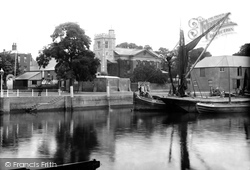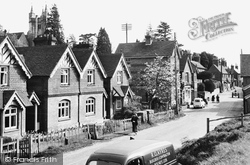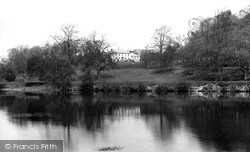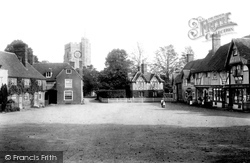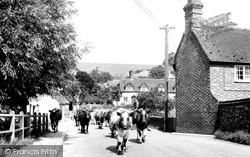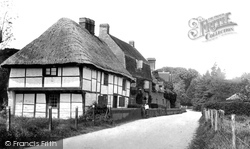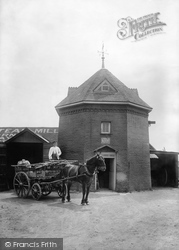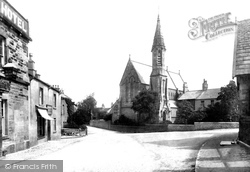Merry Christmas & Happy New Year!
Christmas Deliveries: If you placed an order on or before midday on Friday 19th December for Christmas delivery it was despatched before the Royal Mail or Parcel Force deadline and therefore should be received in time for Christmas. Orders placed after midday on Friday 19th December will be delivered in the New Year.
Please Note: Our offices and factory are now closed until Monday 5th January when we will be pleased to deal with any queries that have arisen during the holiday period.
During the holiday our Gift Cards may still be ordered for any last minute orders and will be sent automatically by email direct to your recipient - see here: Gift Cards
Places
36 places found.
Those places high-lighted have photos. All locations may have maps, books and memories.
- Shanklin, Isle of Wight
- Ventnor, Isle of Wight
- Ryde, Isle of Wight
- Cowes, Isle of Wight
- Sandown, Isle of Wight
- Port of Ness, Western Isles
- London, Greater London
- Cambridge, Cambridgeshire
- Dublin, Republic of Ireland
- Killarney, Republic of Ireland
- Douglas, Isle of Man
- Plymouth, Devon
- Newport, Isle of Wight
- Southwold, Suffolk
- Bristol, Avon
- Lowestoft, Suffolk
- Cromer, Norfolk
- Edinburgh, Lothian
- Maldon, Essex
- Clacton-On-Sea, Essex
- Felixstowe, Suffolk
- Norwich, Norfolk
- Hitchin, Hertfordshire
- Stevenage, Hertfordshire
- Colchester, Essex
- Nottingham, Nottinghamshire
- Bedford, Bedfordshire
- Bury St Edmunds, Suffolk
- Aldeburgh, Suffolk
- St Albans, Hertfordshire
- Hunstanton, Norfolk
- Chelmsford, Essex
- Bishop's Stortford, Hertfordshire
- Peterborough, Cambridgeshire
- Brentwood, Essex
- Glengarriff, Republic of Ireland
Photos
11,145 photos found. Showing results 5,601 to 5,620.
Maps
181,031 maps found.
Books
442 books found. Showing results 6,721 to 6,744.
Memories
29,071 memories found. Showing results 2,801 to 2,810.
When Dad Came Home
There was a knock at the door, and there he was, this tall man wearing a bush hat who grabbed my mom, giving her a great big smacker of a kiss. Of course I wasn't having this strange man doing this to my mom, so I promptly got ...Read more
A memory of Smethwick in 1945 by
Sledging Down Fobbing Hill
I lived in Corringham Hill Terrace 1942 -1950. As an 8 year old I remember sliding down the hill in the snow from the White Lion. I think there was a small pond at the bottom, which used to freeze over in winter. I have a ...Read more
A memory of Fobbing in 1948 by
My Holidays In Llandanwg
I was visiting Llandanwg from 1958 until 1965. We used to stay in Dorwyn, which then was a green shed bungalow owned by Mrs Pearce, she used to work with my father and we used to go down sometimes twice a year. We used to ...Read more
A memory of Llandanwg
Childhood Days
I too have happy and sad memories of Thurnscoe. I started school in 1952 at Hill Infants. Mrs Cartlidge was our teacher. I still remember where I sat behind the door and being given a small blackboard and chalk on my first day ...Read more
A memory of Thurnscoe in 1952
Uncle Cecil''s Farm
My brother and I would stay with Granny during the holidays, she lived at 'Cregeen' in a row of houses on Princess Street, near the railway crossing. Granny's brother Cecil had a farm out along the lane in this picture, my ...Read more
A memory of Strensall in 1958 by
Beckley Parade
This view from Downs Way shows Beckley Parade and my uncle's shop which was next to the houses, the first house belonged to Councillor Turville Kill. My uncle's shop was a greengrocers and he and my aunt moved from here to the ...Read more
A memory of Great Bookham in 1961 by
Can You Help
We have just discover some of our relatives may have come from the Boxford area. Does anyone remember or recall anyone of the name of Churchyard or maybe Greenwood living in Boxford or nearby, maybe even Ipswich. Our father maybe ...Read more
A memory of Boxford in 1920 by
Cookridge Once Fields And Farms
I moved from Holbeck in 1948 into one of the first estates to be built in North West Leeds, Ireland Wood (Raynels). In 1950 I went to Cookridge School, then a wooden hut right slap bang opposite where Cookridge ...Read more
A memory of Cookridge in 1950 by
Barking
If I remember rightly, coming round the corner from Ripple Road into East Street, there was a hole in the ground courtesy of the German bombers. Later, Timothy Whites was built there. Anyway, as youngsters, we used to head for the Capitol ...Read more
A memory of Barking by
Farm At White Hill
My father Jenkin Evans and mother Valerie Evans lived at Potters Cross Farm, White Hill, Kinver from just before the Second World War. This is the farmhouse which you can see which still exists to this day. They raised four ...Read more
A memory of Kinver by
Your search returned a large number of results. Please try to refine your search further.
Captions
29,395 captions found. Showing results 6,721 to 6,744.
Standing on rising ground on the west bank of the River Gwendraeth, Kidwelly and its fortified town were founded by Roger, Bishop of Salisbury during the reign of Henry I.
The construction of a substantial sea wall, seen here in section to the right, led to Exmouth's prosperity as a seaside resort.
In 1768, Sir Francis Blake Delaval, canvassing for election as MP, and his agent Kellynge invited the Mayor and Corporation and the Colonel and Officers of a local billet to a grand dinner athte George
Simon de Montfort's army lay here the night before the Battle of Lewes in 1264. The area was made notorious by the 'Piltdown Man' fake archaeological discoveries in the 1910s.
The church of St John the Baptist has an avenue of yew trees. The Country Stores, a Mace shop complete with modern sunblinds, offers a wide range of supplies.
To the right of the trees is Hender's Tannery, well known for the quality of its hides, and working until 1963. The building was demolished in 1984.
To the right of the trees is Hender's Tannery, well known for the quality of its hides, and working until 1963. The building was demolished in 1984.
All the houses on the left have been bought by the Thomas Hickman Charity in recent years and refurbished, including the Chantry on the left, a pretty Gothick front of about 1840 with arched and hood-moulded
A view down the hill towards London, with the Wellington pub on the right sporting its sign depicting the Duke.
At the entrance to the Norman church is a notice that reads: 'Enter this door as if the floor within were gold/ And every wall of jewels, of wealth untold./ As if a choir/ In robes of fire/ Were saying
The Royal Naval Hospital, a counterpart to the Chelsea Hospital for soldiers, began as a rebuild of Greenwich Palace by Charles II in the 1660s, but it changed direction in the 1690s.
Four small children watch the photographer with interest as he immortalises this stretch of Wharf Road.
It was named in honour of Queen Victoria's second son, who opened the dock when he was the Duke of Edinburgh.
This view looks east from the upper windows of the old Town Hall along Church Street.
Moving north-west from Albert Park to the Faringdon Road, the town tour finishes at the School of St Helen and St Katherine, as it is now named.
This pastoral scene is on the Green in High Ackworth. To the left is the church of St Cuthbert, built in 1582 on the site of a Saxon chapel from AD 875.
The parish church of St Mary's oldest part is the tower, which probably dates from the 14th century.
Agriculture was the dominant employer in the area, and this was often reflected in village life and facilities - note the tractor on the right of the photograph.
The lord of the manor, William Gossip, purchased land here with the view to owning a substantial but convenient house in this rural part of the West and North Yorkshire border.
Here we see the heart of what many claim is Kent's prettiest village: the tower of its 15th- century flint-stone church of St Mary looks down on this spacious square lined with half- timbered
To the north of Newbury, on the edge of the downs, lies Hampstead Norris, surrounded by hills and woodland.
This village comprises little more than this cluster of charming cottages just off Watling Street, but it has associations with two noted authors.
This is the brick lower storey of a windmill built around 1800 by a Crawley millwright, Morley, and situated east of the recreation ground.
Here we have the old centre of the village, now by-passed by the main road. The Roman Catholic church of St Mary of the Angels with its free-standing spire dominates the centre of our photograph.
Places (6814)
Photos (11145)
Memories (29071)
Books (442)
Maps (181031)


